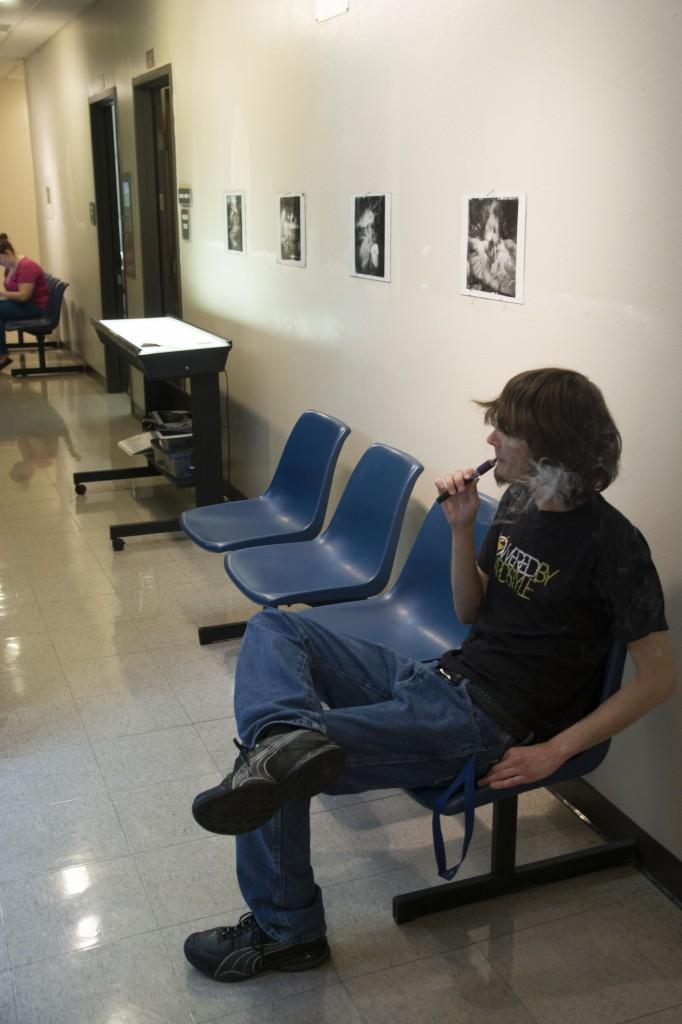By Brendon James/reporter
An epidemic plagues youth across the nation, a SE counselor said recently.
Michele Faith presented Silent Epidemic of Youth Suicide March 27 on NE Campus.
Suicide is the second-leading cause of death for college-age students in the nation, Faith said. Even though personal counseling is available for common concerns such as test anxiety, domestic violence and stress, individuals often do not go to counselors because they are too embarrassed about their problems or they think that they can handle problems on their own. As a result, students may quit going to class.
“It is a myth that someone that talks about suicide rarely commits it,” she said. “But the fact is that almost all people who commit suicide talk about it prior to doing it.”
Faith shared a list of recognizable people who have committed suicide including reality TV star Gia Allemand and NFL player Paul Oliver.
One in every three teenagers has contemplated suicide, Faith said. Suicide is the third-leading cause of death for people age 10-24 with about 4,600 lives lost each year. The Western U.S. has the highest rates of suicide in the country, she said. According to 2010 statistics, suicide is the 10th-leading cause of death in all age groups. Faith said that for some reason, suicide rates are the highest in the spring season, and over half of suicides include firearms. Male suicides outnumber female suicides 4-to-1.
Seventy percent of people who commit suicide suffer from affective illness such as depression and bipolar disorder. The suicide rates for African-Americans were generally low until 1982. From 1981 to 1994, suicide rates for African-Americans increased 78 percent. Gays and lesbians are 3.4 times more likely to attempt suicide than those who are straight, Faith said.
In Texas, 90 percent of people who die by suicide have mental health or substance abuse conditions. Texas has the lowest spent per capita for mental health issues, Faith said.
Warning signs can be depression or out-of-character behavior. Faith said a person contemplating suicide might say, “I would be better off dead” or “You won’t see me around anytime soon.” Out-of-character behaviors may include abrupt changes in attendance and dwindling academic performance.
Faith said people considering suicide may resort to final arrangements such as visiting friends to set things right and to say goodbye or giving or throwing away prized possessions.
“When you know someone who is having suicidal thoughts, make sure you can get them some help so that they don’t feel like they are alone,” she said.
Some of the risk factors that may drive people into suicide include bullying, low self-esteem, pressure to succeed, being alone for too long, unexpected pregnancy or loss of a significant person through death, Faith said.
If people think someone is considering suicide, they should call 911 and not leave the person alone, Faith said. They should also tell someone who can help such as parents, teachers, school administrators or counselors.
“Once people realize that most people have had suicidal thoughts at one point in their lives, they will know they are not alone,” she said.
Faith said anyone who has contemplated suicide should have hope.
“Depression lifts, and things get better,” she said. “You are not alone. There are plenty of resources to help you.”



























